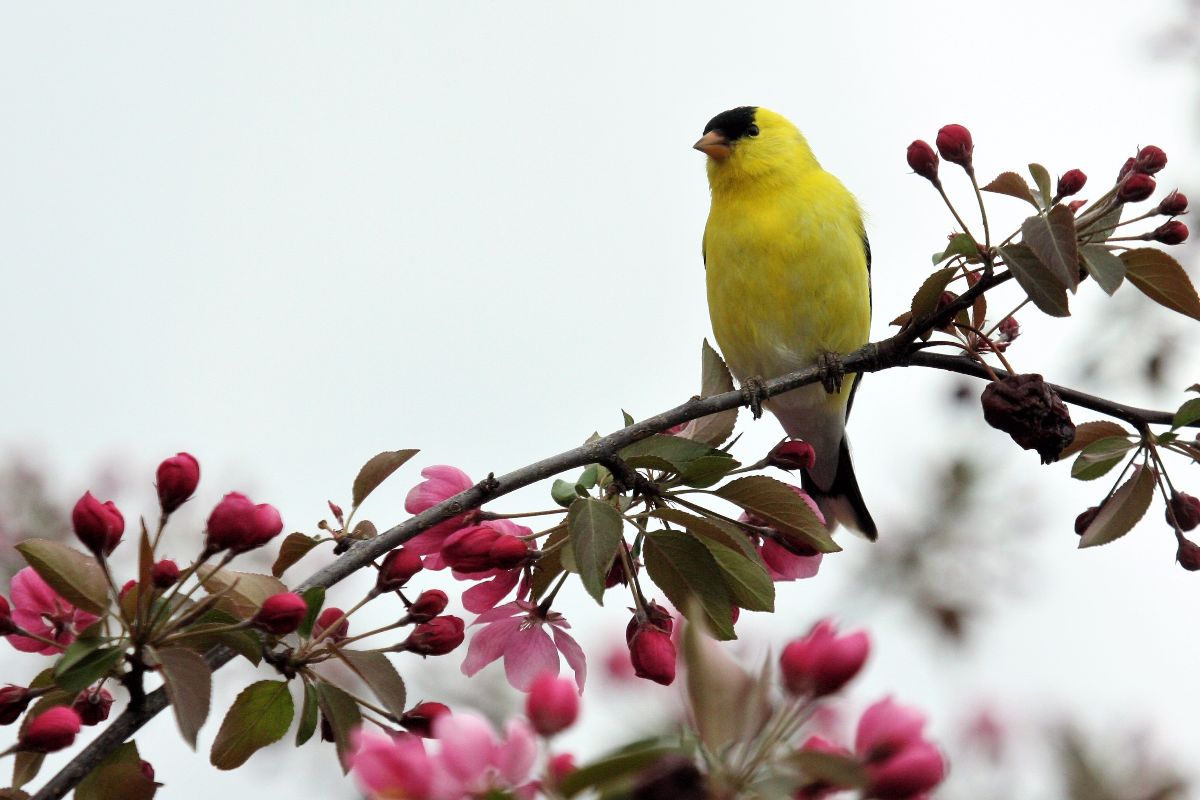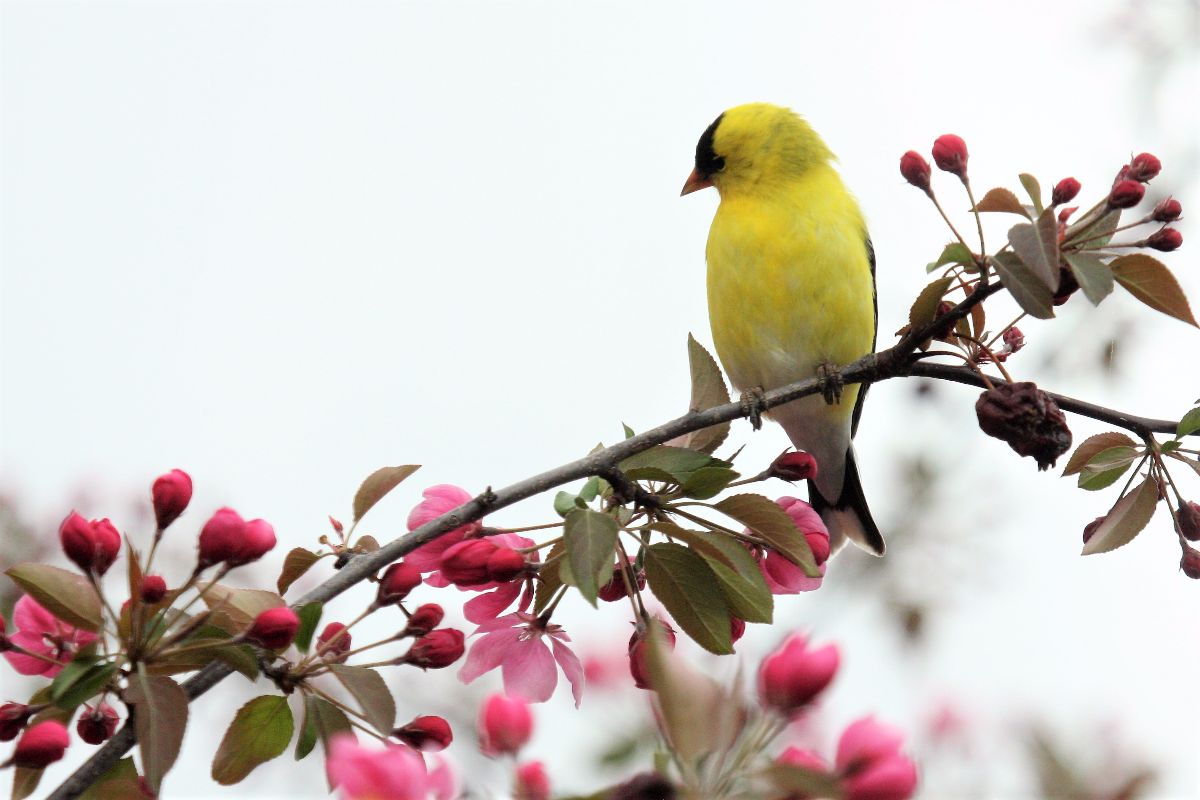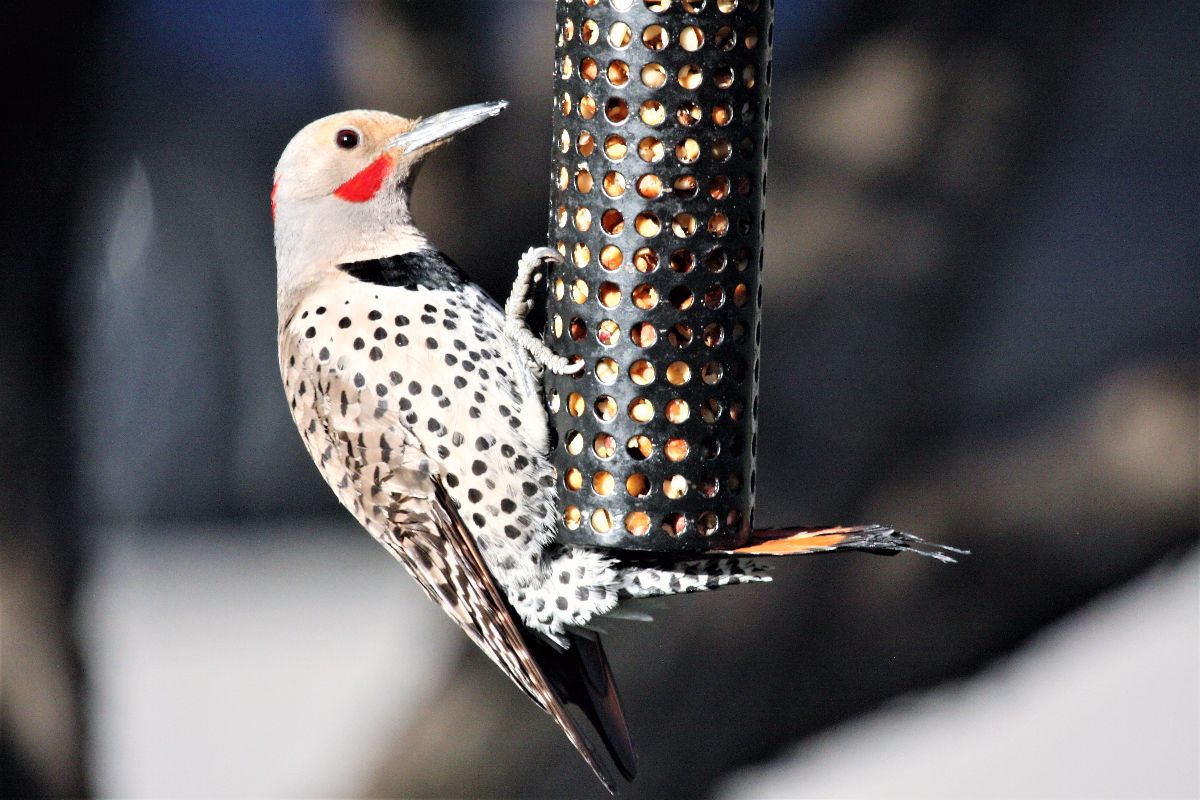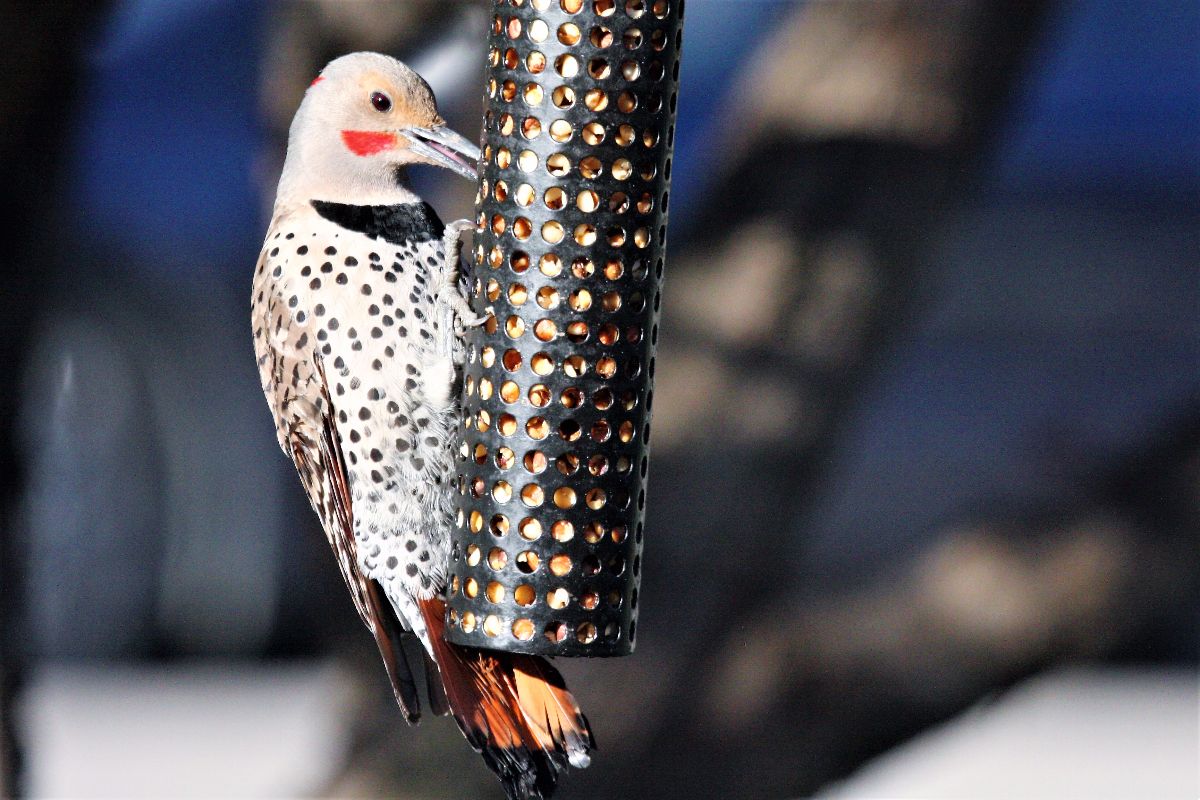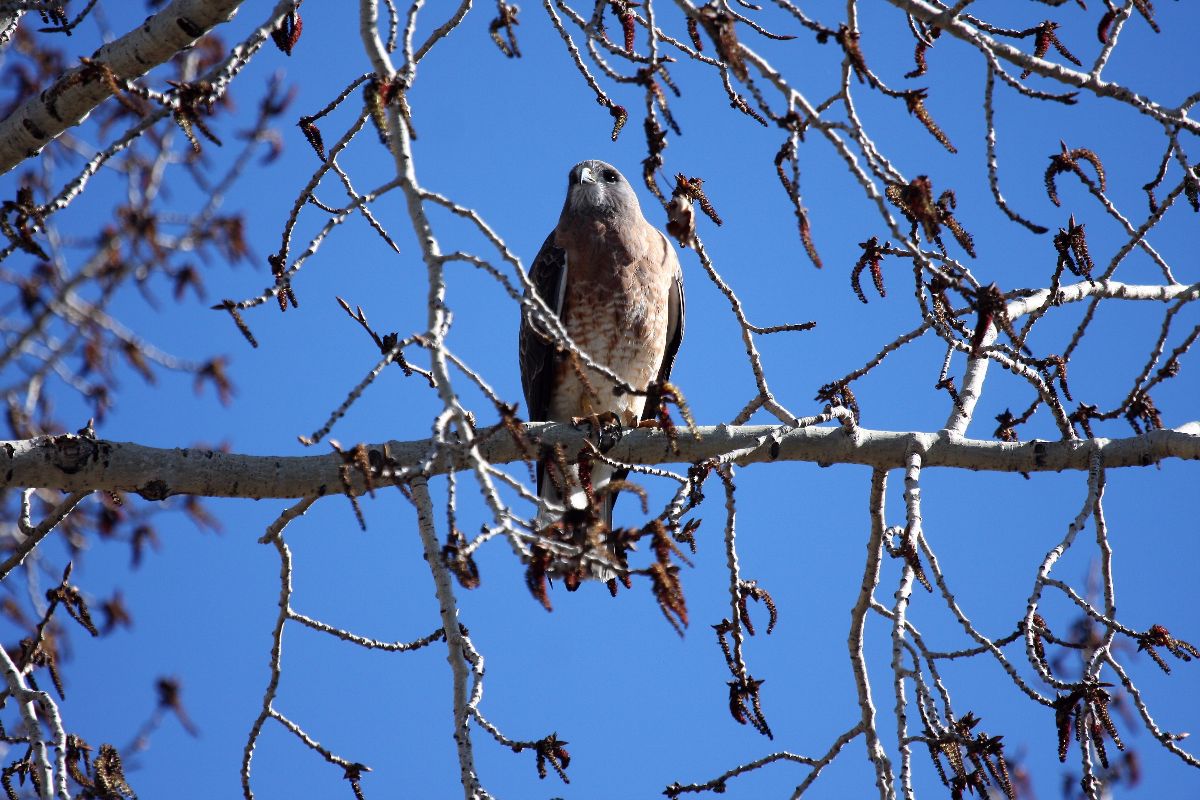Posted by Dan Arndt
Wow, hard to believe it’s July already! The rush of spring birding is over, but there are still some birding outings to recap from the Friends of Fish Creek Spring course. We headed to the Weaselhead for the May Species Count on May 31, and headed back there again on June 14, and most of the same species were found each time, but we did have a couple unique finds on each trip. Because this is my first time trying to overlay two different walks into one post, I’ve color coded our outings in the attached map.
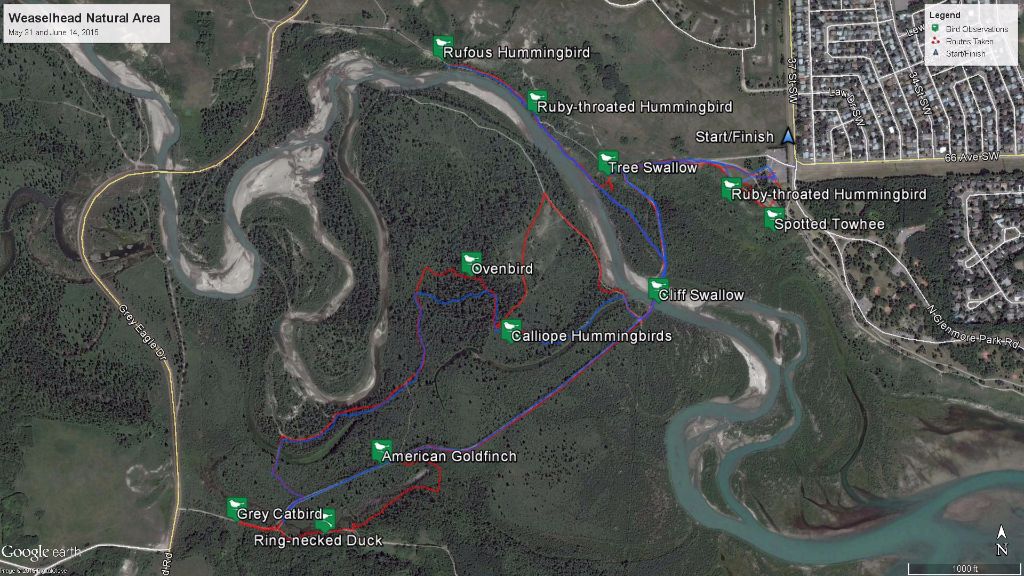
Weaselhead – May 31 and June 14 2015
Our outing on May 31 is in red in the above image, while our trip on June 14 is in blue. We also had significantly different weather each morning, with the weather on May 31 being absolutely incredible, clear, and bright, while June 14 was a bit gloomy, dark, and overcast with occasional rain here and there.
We had a couple great birds on our first outing at the top of the hill, with both a Spotted Towhee and a Ruby-throated Hummingbird right at the top.
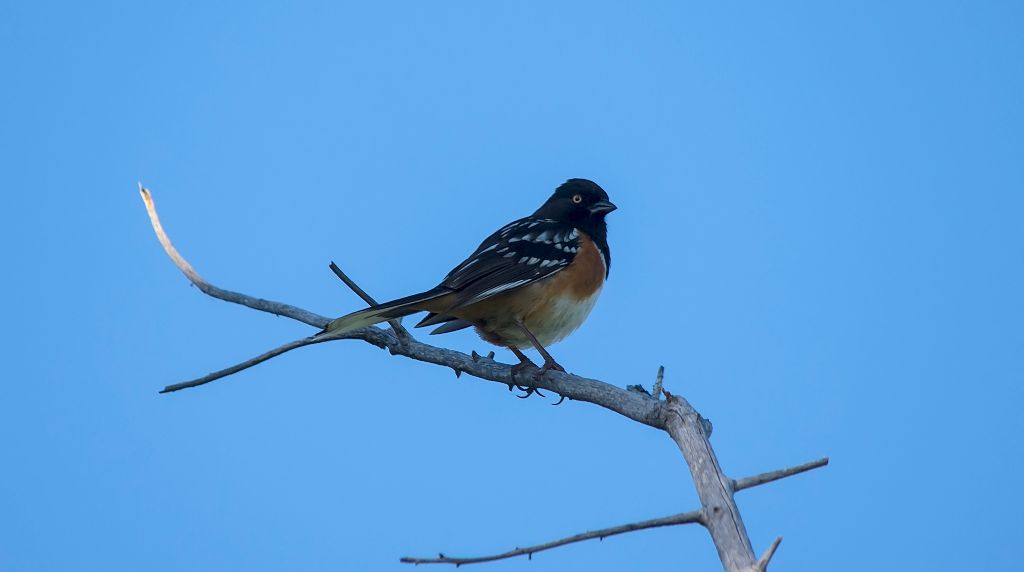
Spotted Towhee
Pentax K-5 + Sigma 150-500@500mm
1/500sec., ƒ/8.0, ISO 320
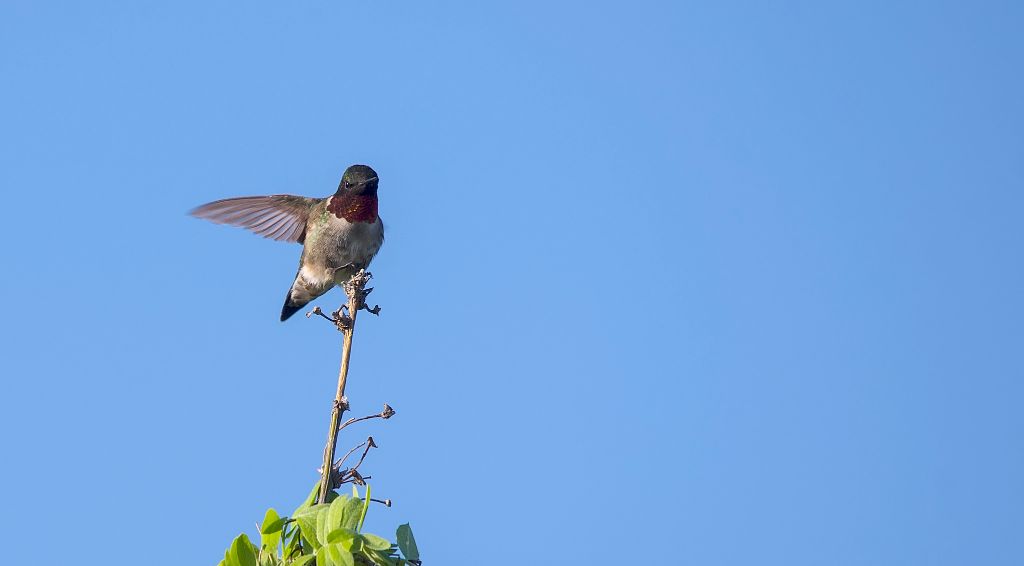
Ruby-throated Hummingbird
Pentax K-5 + Sigma 150-500@500mm
1/800sec., ƒ/8.0, ISO 320
At the feeders a bit further down the hill, we found a couple of Tree Swallows guarding their nests early in the day, catching some sun and warming up for the busy day ahead.
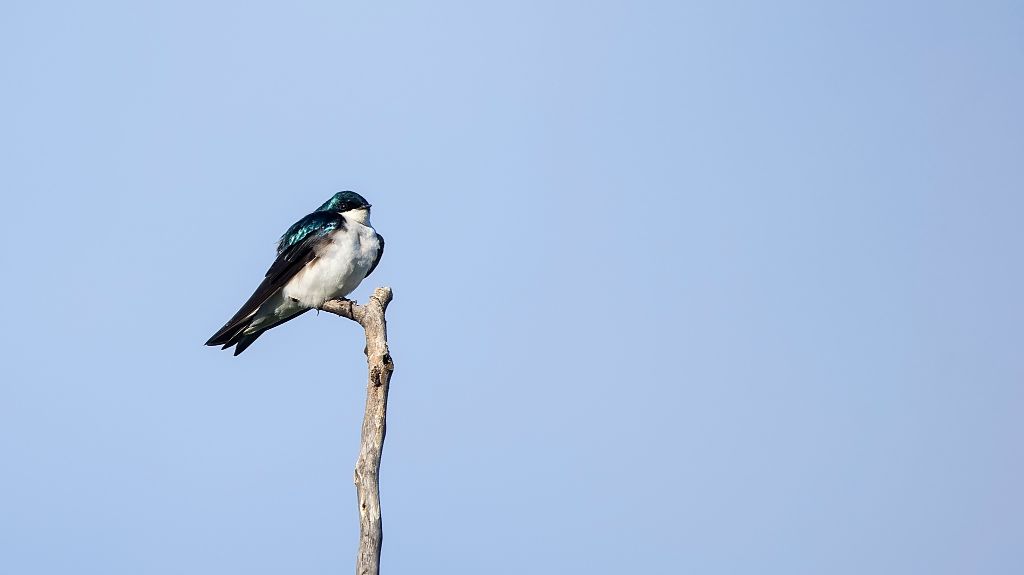
Tree Swallow
Pentax K-5 + Sigma 150-500@500mm
1/640sec., ƒ/8.0, ISO 320
We almost missed out on the Ruby-throated Hummingbird on June 14th, except for a brief glance up the hill caught this little guy hanging out in the gloom.
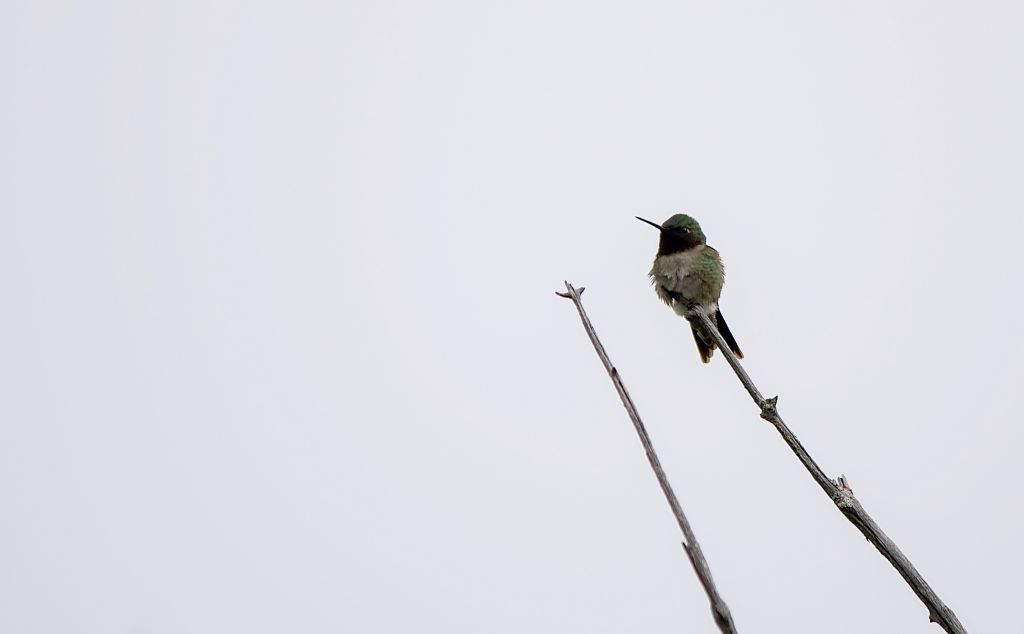
Ruby-throated Hummingbird
Pentax K-5 + Sigma 150-500@500mm
1/200sec., ƒ/6.3, ISO 80
The Rufous Hummingbirds are absolutely amazing and can always be found in the same place every year. I’ve yet to see a female on this slope, but I suspect that if it wasn’t a good area for the males to find a mate, they wouldn’t be here year after year! Forgive me for sharing as many photos as possible of these beautiful little fireballs.
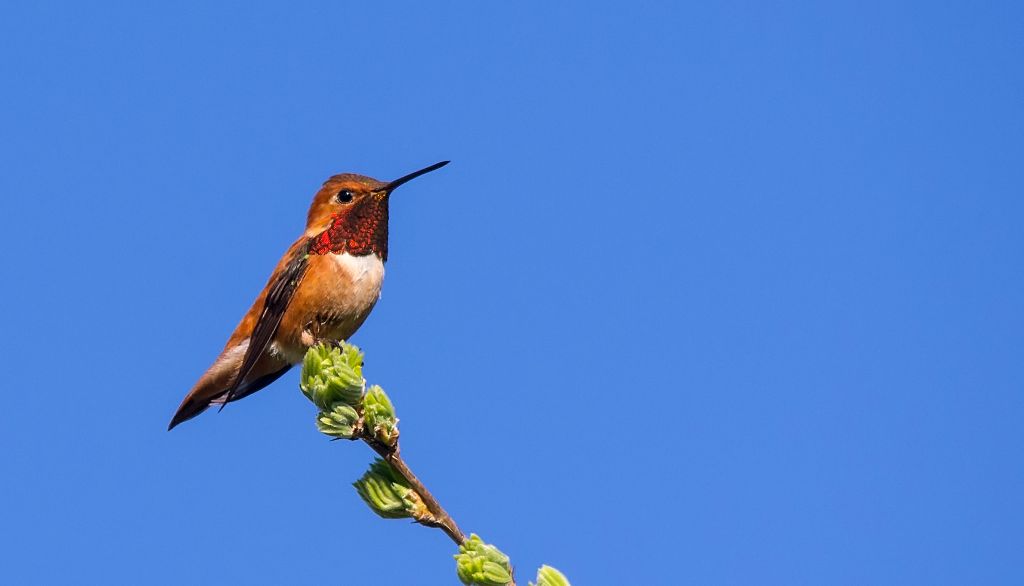
Rufous Hummingbird
Pentax K-5 + Sigma 150-500@500mm
1/1250sec., ƒ/8.0, ISO 800
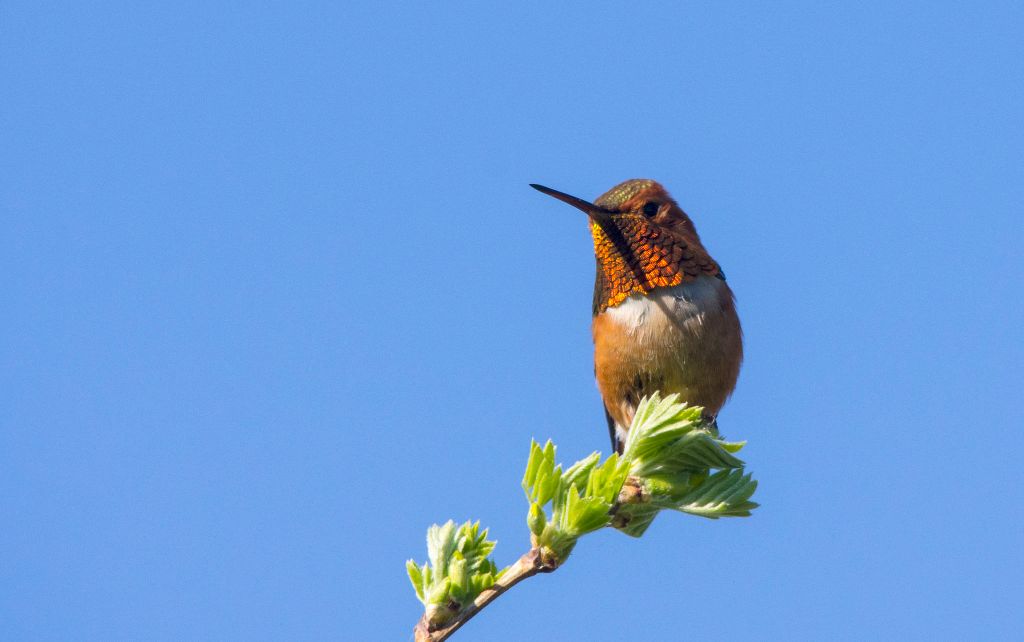
Rufous Hummingbird
Pentax K-5 + Sigma 150-500@500mm
1/1250sec., ƒ/8.0, ISO 1000
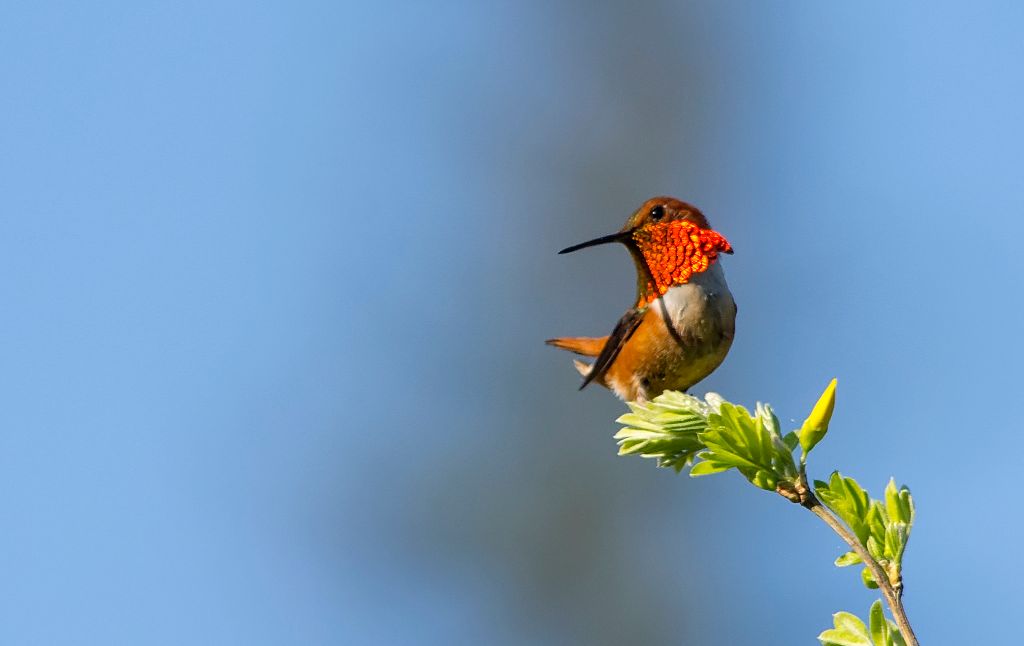
Rufous Hummingbird
Pentax K-5 + Sigma 150-500@500mm
1/1250sec., ƒ/8.0, ISO 800
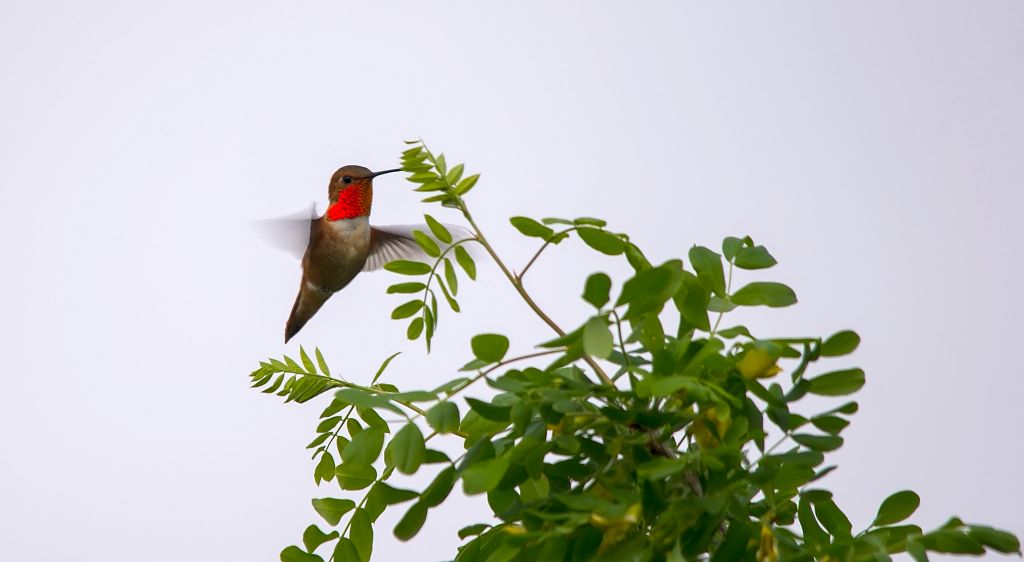
Rufous Hummingbird
Pentax K-5 + Sigma 150-500@500mm
1/320sec., ƒ/6.3, ISO 100
We headed back to the area south of the Elbow River and found the usual Eastern Phoebes at their regular spot as well, this one having caught some fresh breakfast!
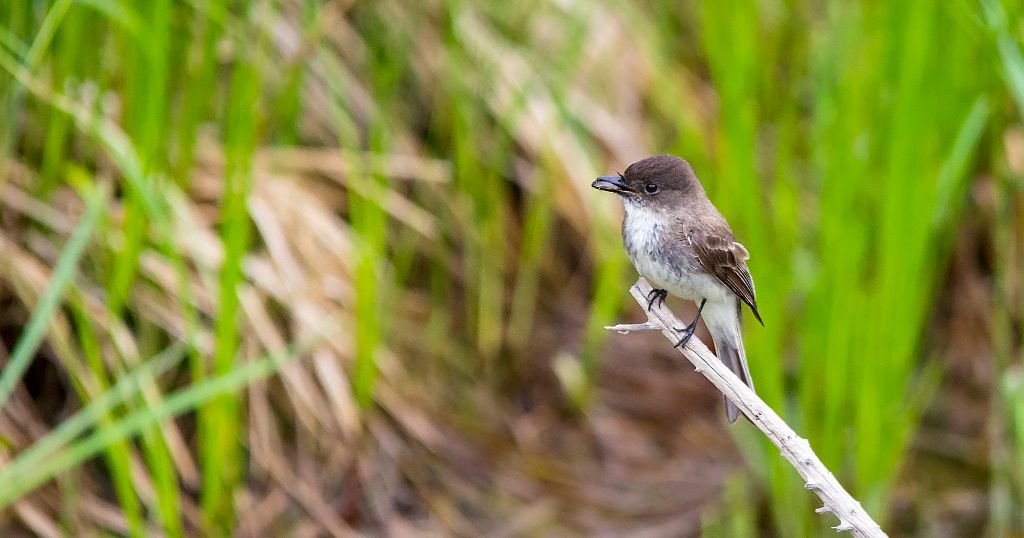
Eastern Phoebe with diving beetle
Pentax K-5 + Sigma 150-500@500mm
1/500sec., ƒ/6.3, ISO 1600
As we headed towards the silverberry meadow, we heard the typical buzzing of the Calliope Hummingbirds in this area, but none of them really cooperated with the us and the sunlight, but I’m still pretty happy with the results!
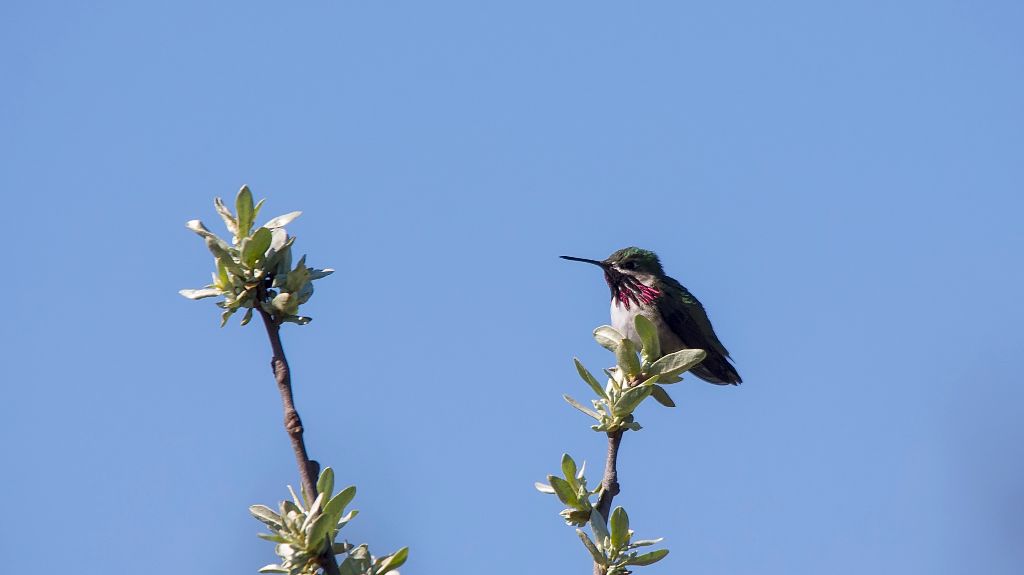
Calliope Hummingbird
Pentax K-5 + Sigma 150-500@500mm
1/1250sec., ƒ/9.0, ISO 640
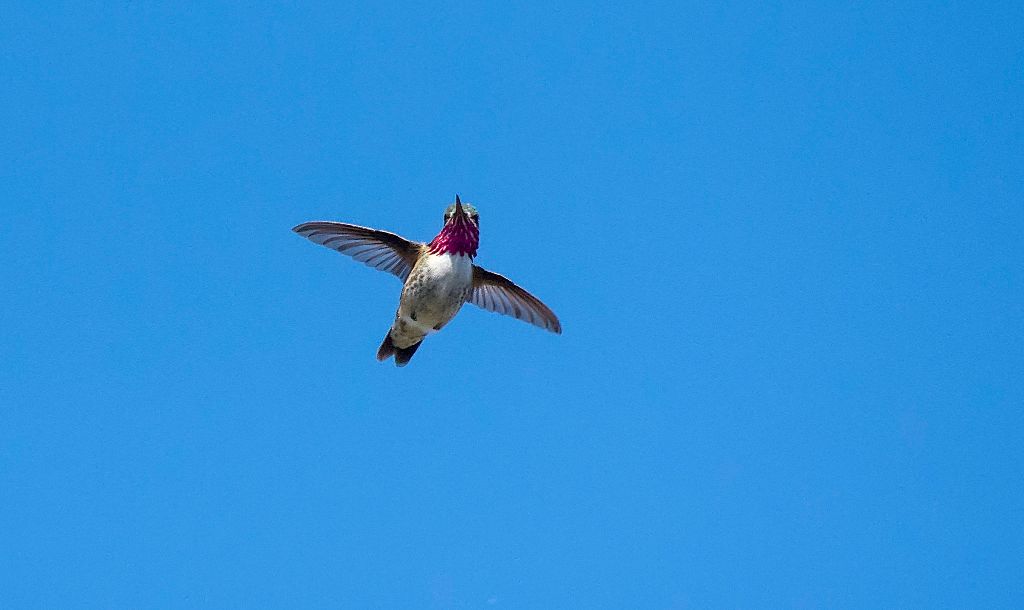
Calliope Hummingbird
Pentax K-5 + Sigma 150-500@500mm
1/4000sec., ƒ/8.0, ISO 2000
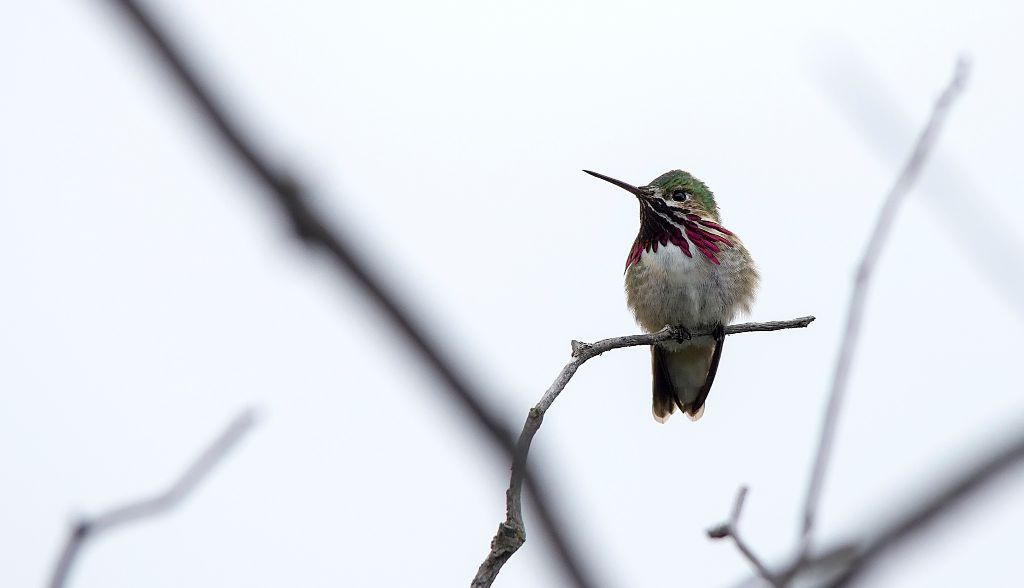
Calliope Hummingbird
Pentax K-5 + Sigma 150-500@500mm
1/500sec., ƒ/8.0, ISO 640
We did hear a relatively uncommon bird back beyond the dense spruce where we have Boreal Chickadees each winter, and it turned out to be an Ovenbird singing on territory. Sadly, he had moved on by mid-June, but it was really quite a treat to hear and see one of these guys right our back yard!
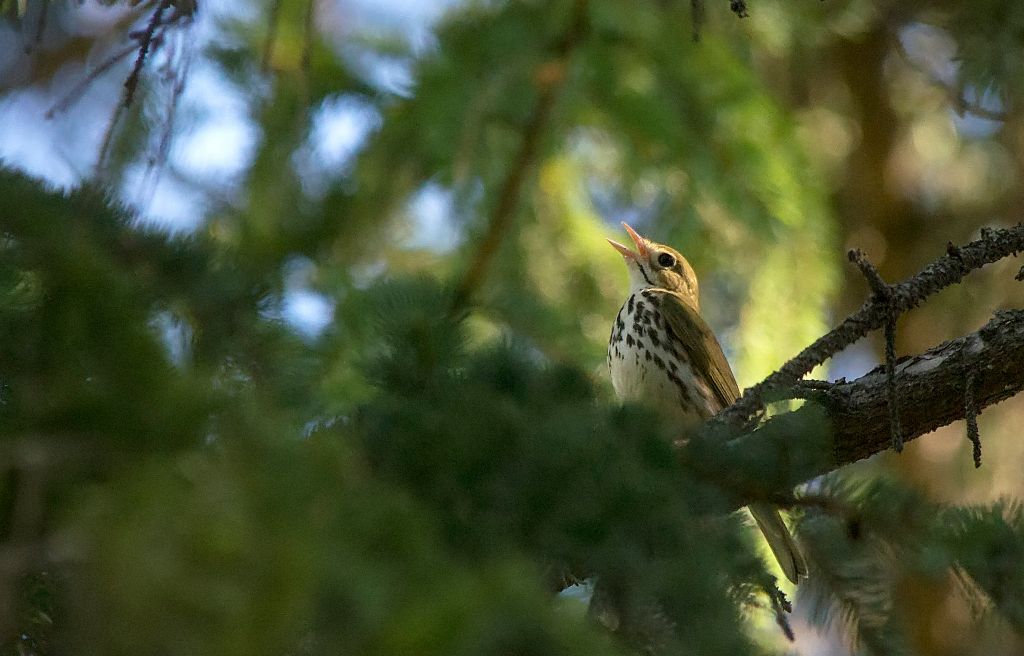
Ovenbird
Pentax K-5 + Sigma 150-500@500mm
1/1000sec., ƒ/8.0, ISO 3200
Down at the far end of the Weaselhead, we had another Calliope Hummingbird in a spot I’d never seen one before, but at the far south end were a number of Grey Catbirds flitting around in the aspens, mewing away and singing their odd, disjointed songs.
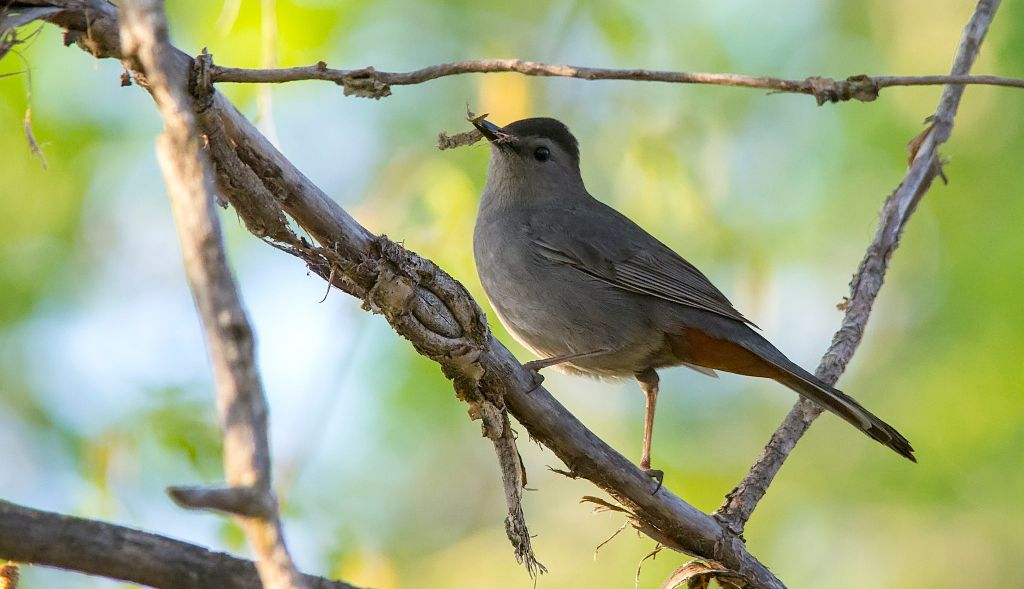
Grey Catbird
Pentax K-5 + Sigma 150-500@500mm
1/500sec., ƒ/8.0, ISO 3200
Another nice treat were a few Ring-necked Ducks which have been at these south ponds for a few weeks. It seems like there’s a lot more of these around this year, as they just keep turning up all over the city, but maybe it’s just a matter of getting out into the places they like to hang around a little bit more.
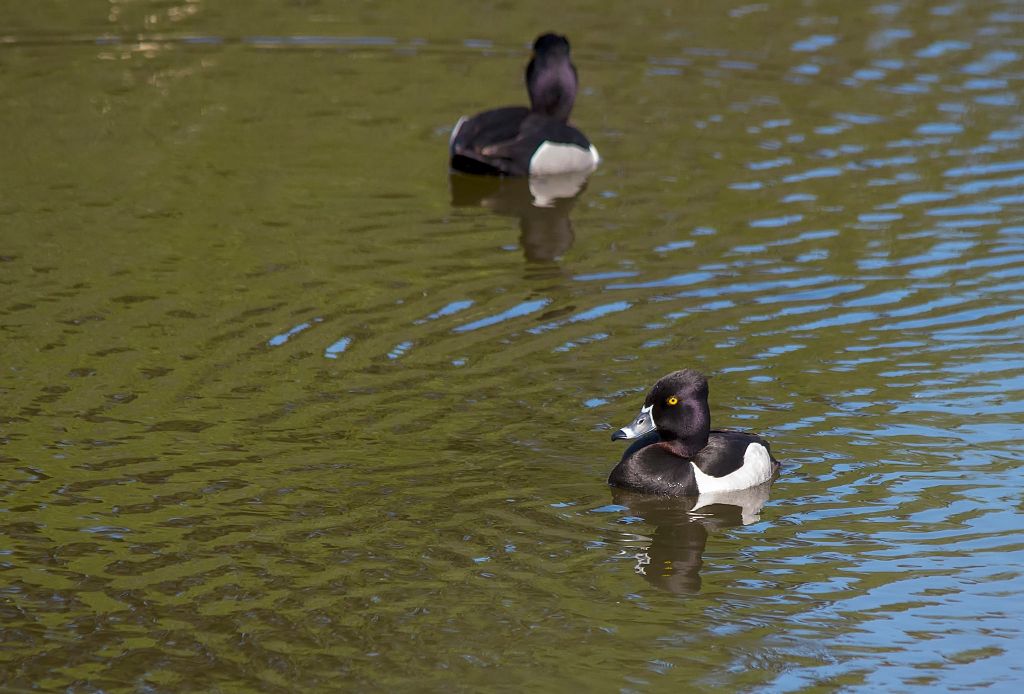
Ring-necked Duck
Pentax K-5 + Sigma 150-500@500mm
1/640sec., ƒ/8.0, ISO 1250
On our walk back to the start we had our share of great birds as well, like this American Goldfinch singing from high in the trees, or the usual Cliff Swallows under the bridge over the Elbow River.
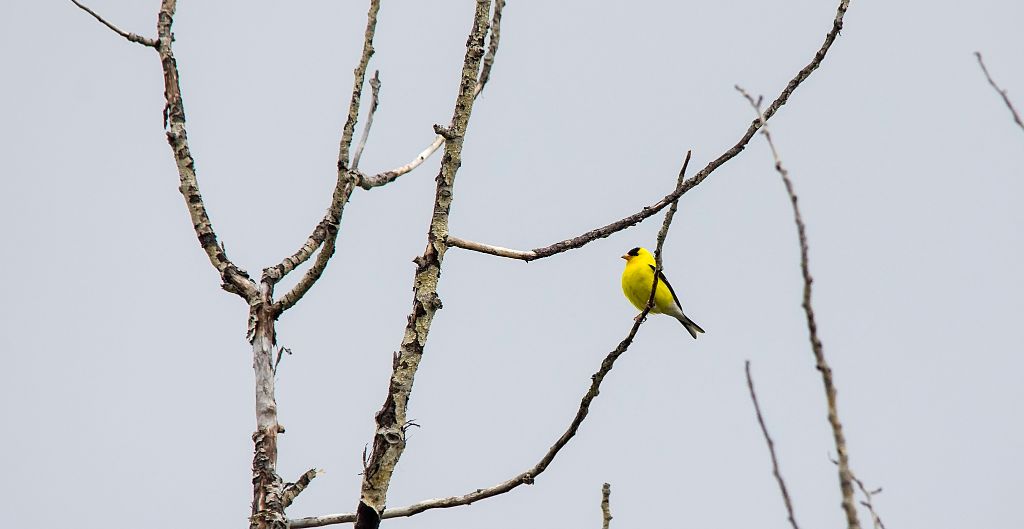
American Goldfinch
Pentax K-5 + Sigma 150-500@500mm
1/500sec., ƒ/8.0, ISO 1000
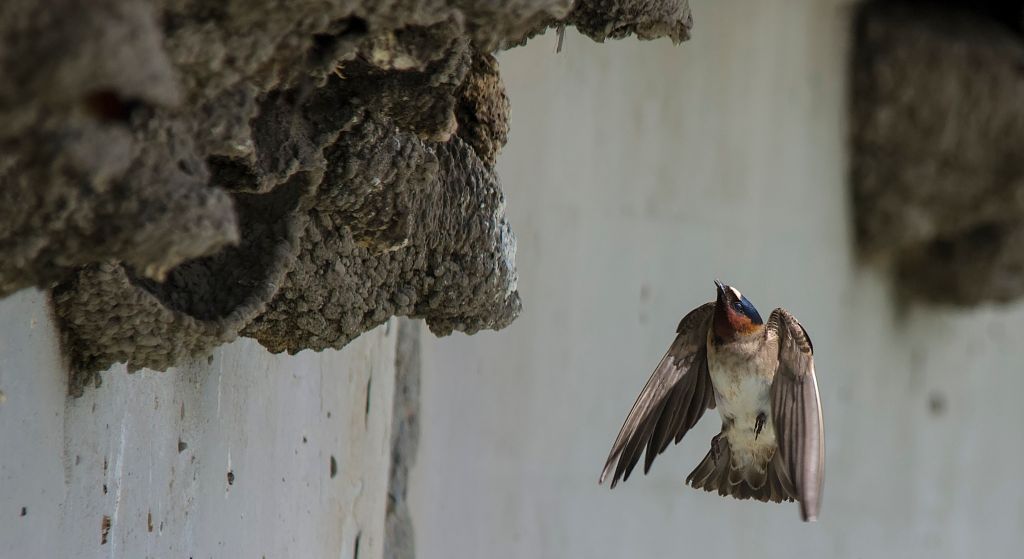
Cliff Swallow
Pentax K-5 + Sigma 150-500@500mm
1/2000sec., ƒ/8.0, ISO 1000
Have a great week, and good birding! Watch for the Monday supplemental post covering what we found at our visits to North Glenmore Park on these two outings!
